|
Here is a 1989 Honda Hawk GT. It is a mid-size (650 CC) street bike that had a short manufacturing run but still enjoys a strong following. The Hawk has a very elegant single swing-arm rear suspension and a very cool eccentric rear axle carrier that allows for simple chain tension adjustments and obviates the usual sprocket alignment adjustment. The fuel tank is secured with a removable bushing up front. The rear tank mounting bolt is used to extract the bushing from the frame when removing the fuel tank (so cool). The only fly in the ointment on this design is a difficult to access front left spark plug. This is the second Honda V-Twin I have encountered that makes access to the front left plug so difficult that it requires a special tool. Fortunately, the Hawk comes with the required tool and the owner of this Hawk still has the stock tool kit that came with the bike. The Hawk came in able to idle but wouldn't rev up and run. Having been parked with fuel in the tank for a few years, being a carbureted bike, that was not surprising. She had tires with good tread but rotten, cracked sidewalls (very dangerous) so they had to go. Her oil was old, her chain was rusty, her coolant and brake fluid were low and dirty. On top of that the turn signal switch wouldn't work worth a darn. Very sticky. CV-19 made getting OEM parts really slow and difficult, but in the end, everything but the fork rebuild kit showed up. We will get to the forks later. The carbs cleaned up well. The rubber carb mounting boots were original, cracked, and hard as rocks, so they got replaced. The new Michelin tires look great. The replaced brake pads and new DOT4 fluid are working fine without having to rebuild the master cylinders. There were some non-metallic particulates in the old coolant but the flush cleaned all that out. The very elaborate air filter was dirty and got replaced. Some plastic parts, like a fuel line tee and a small foam filter in the pollution control system, simply crumbled when handled, and had to be replaced. That was not surprising for a bike that is over 30 years old. And dismantling the turn signal switch, giving it a good scrub and lube has it working like new. So overall, almost nothing but ordinary maintenance was needed to bring this Hawk back to life. She did need some new bar ends (one, it seems, went missing some time back). But that was obvious. What was not obvious until the test ride, was the voltage regulator was dead as a stick. Motorcycles have alternators. As a rule, they generate 3 phase AC that gets fed to a rectifier / regulator that converts the AC voltage, which may go higher than 60 volts as the engine revs higher, into DC and holds the voltage supplied to the battery to anywhere from 12 to just less than 15 volts (i.e. normal charging voltage for all our cars, motorcycles, scooters and lawn tractors). Most automotive alternators have the voltage regulator built into the alternator housing. But as a rule, motorcycles have a separate regulator that plugs into the wiring harness of the bike. It often looks a lot like the one on the Hawk. It will have three (usually yellow) wires that accept the three phases of AC current from the alternator and two or more wires that deliver the DC current (often +12V Red and Green Ground). That makes diagnosing charging problems pretty easy. If you unplug the regulator and still have AC voltage coming out of all three phases of the alternator (specifically, from the Stator windings) but do not have good charging voltage when you plug the regulator back in, the regulator is bad...and so it was with the Hawk.
When the new regulator arrived, it took a little effort to dig the old one out of its hiding place in the bike, but the new one fit like a glove and worked like a charm. This little Hawk GT rides like a dream and I predict will run another 100k miles...and will probably generate almost that many smiles. Comments are closed.
|
Categories
All
Archives
January 2024
|
|
© WrenchMonster 2018
|
WrenchMonster™ is a Division of DemonLite, LLC.
|

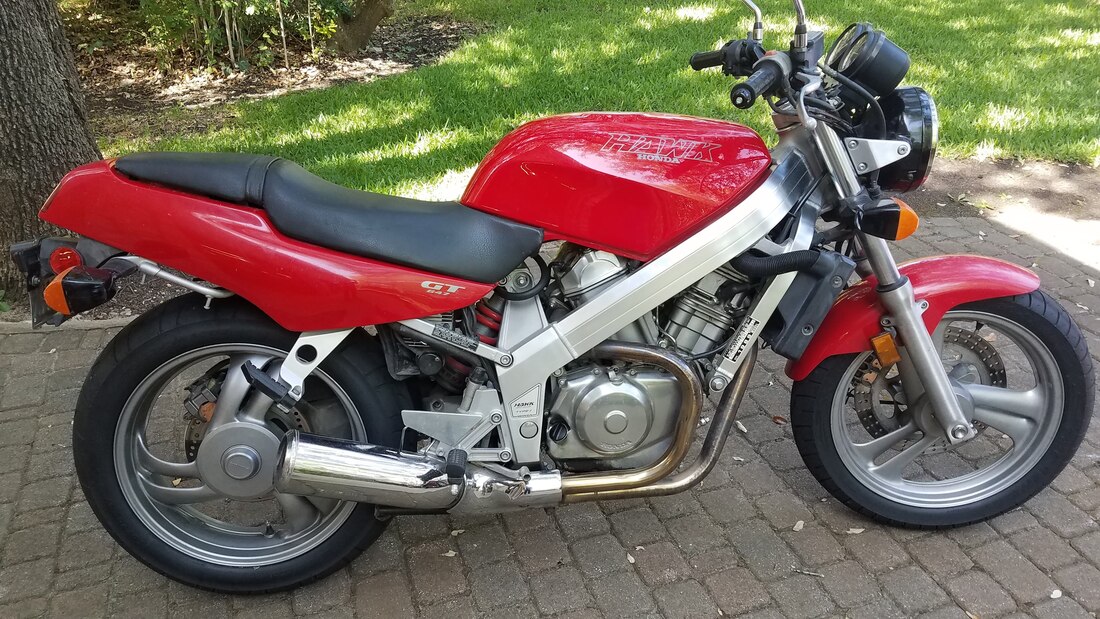
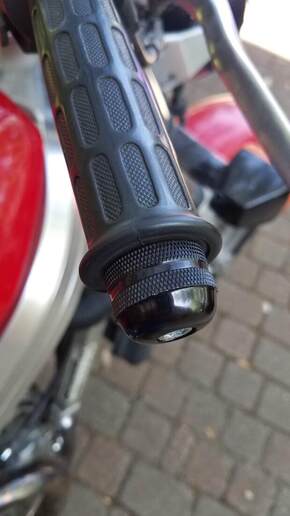
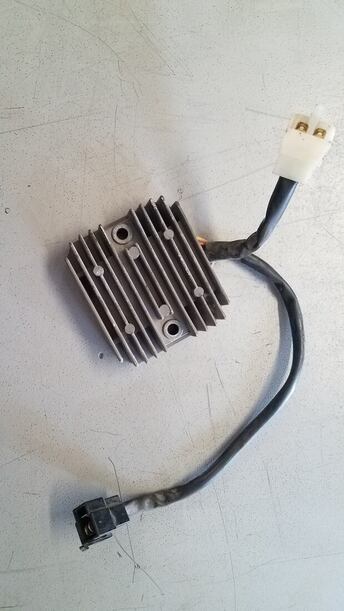
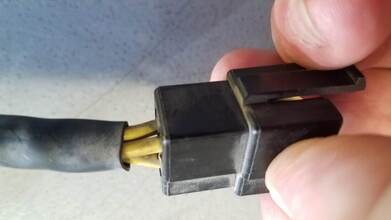
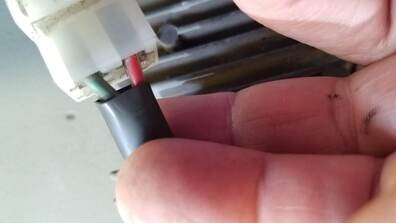
 RSS Feed
RSS Feed